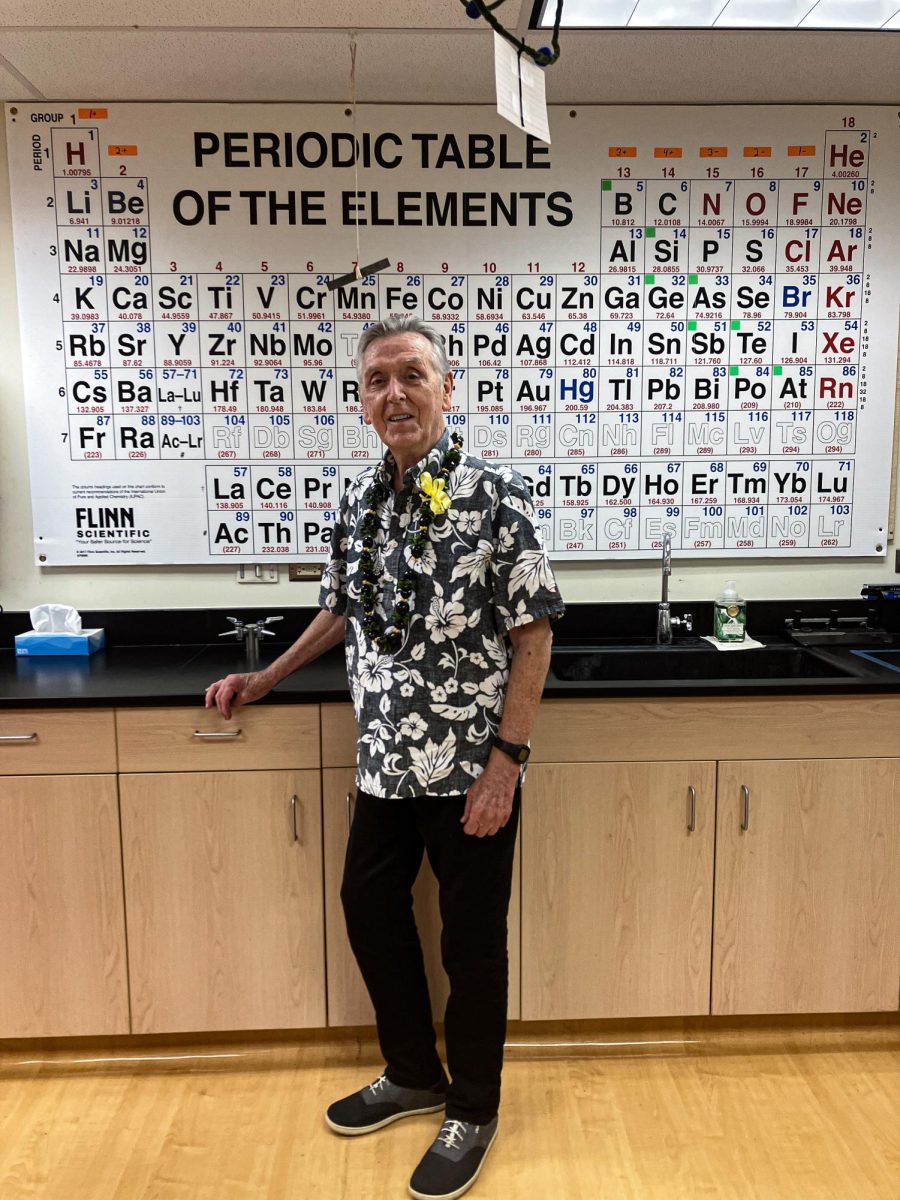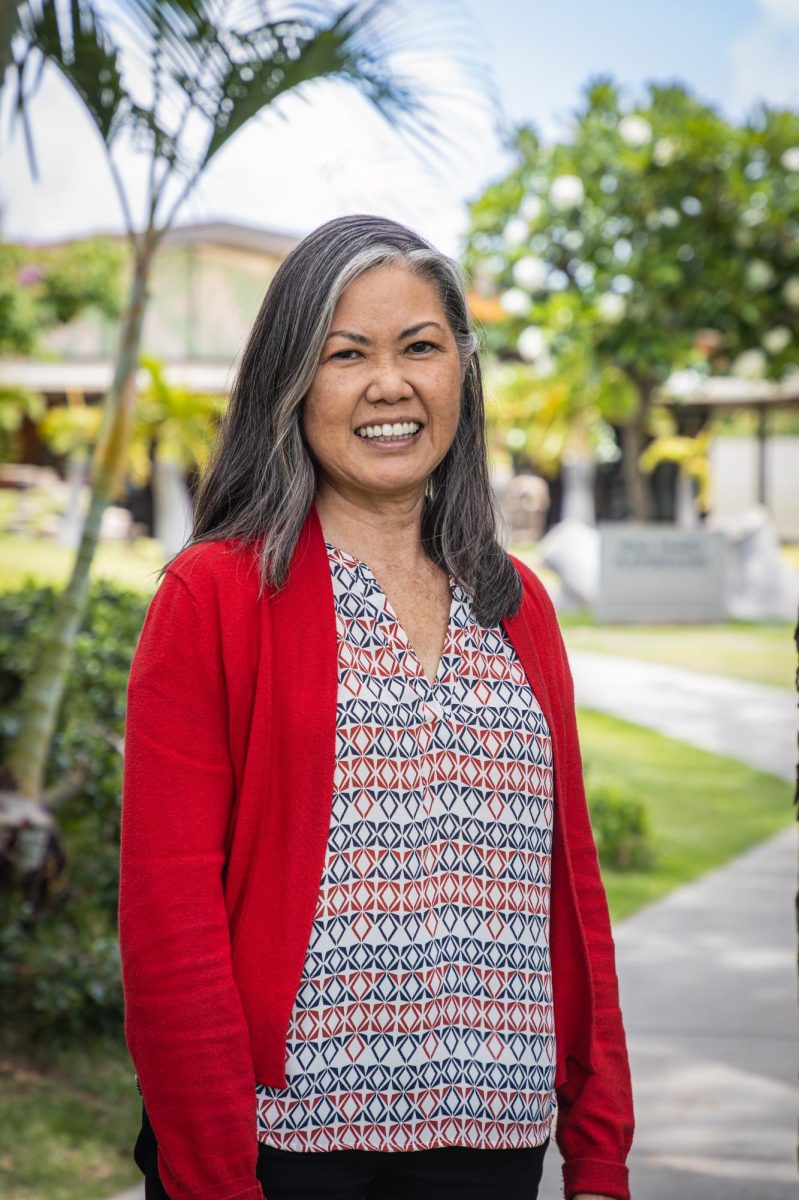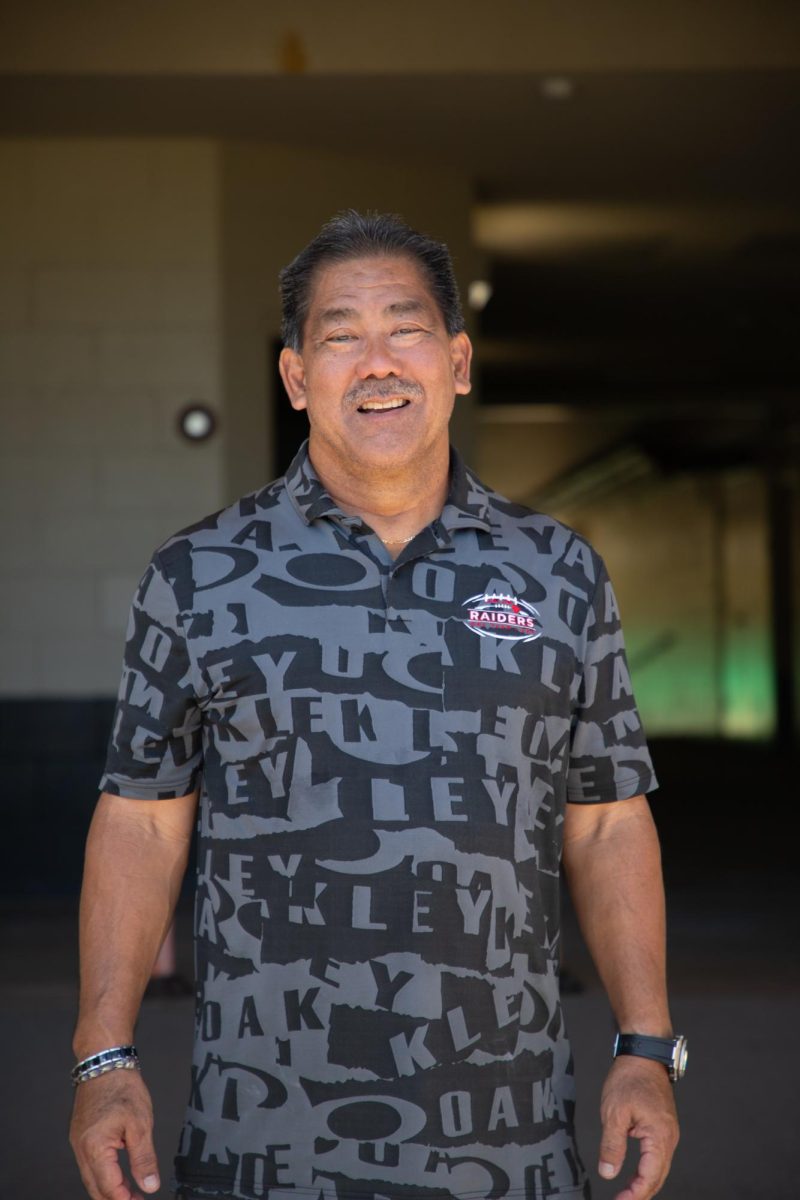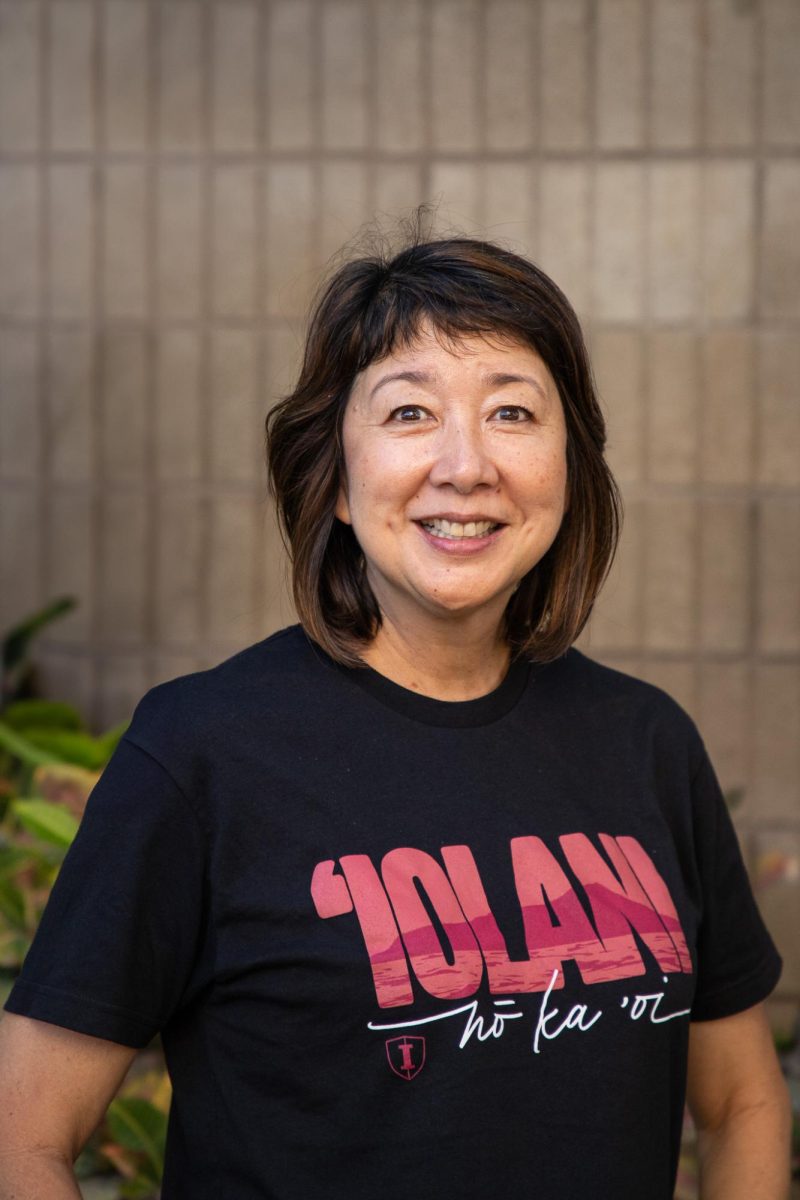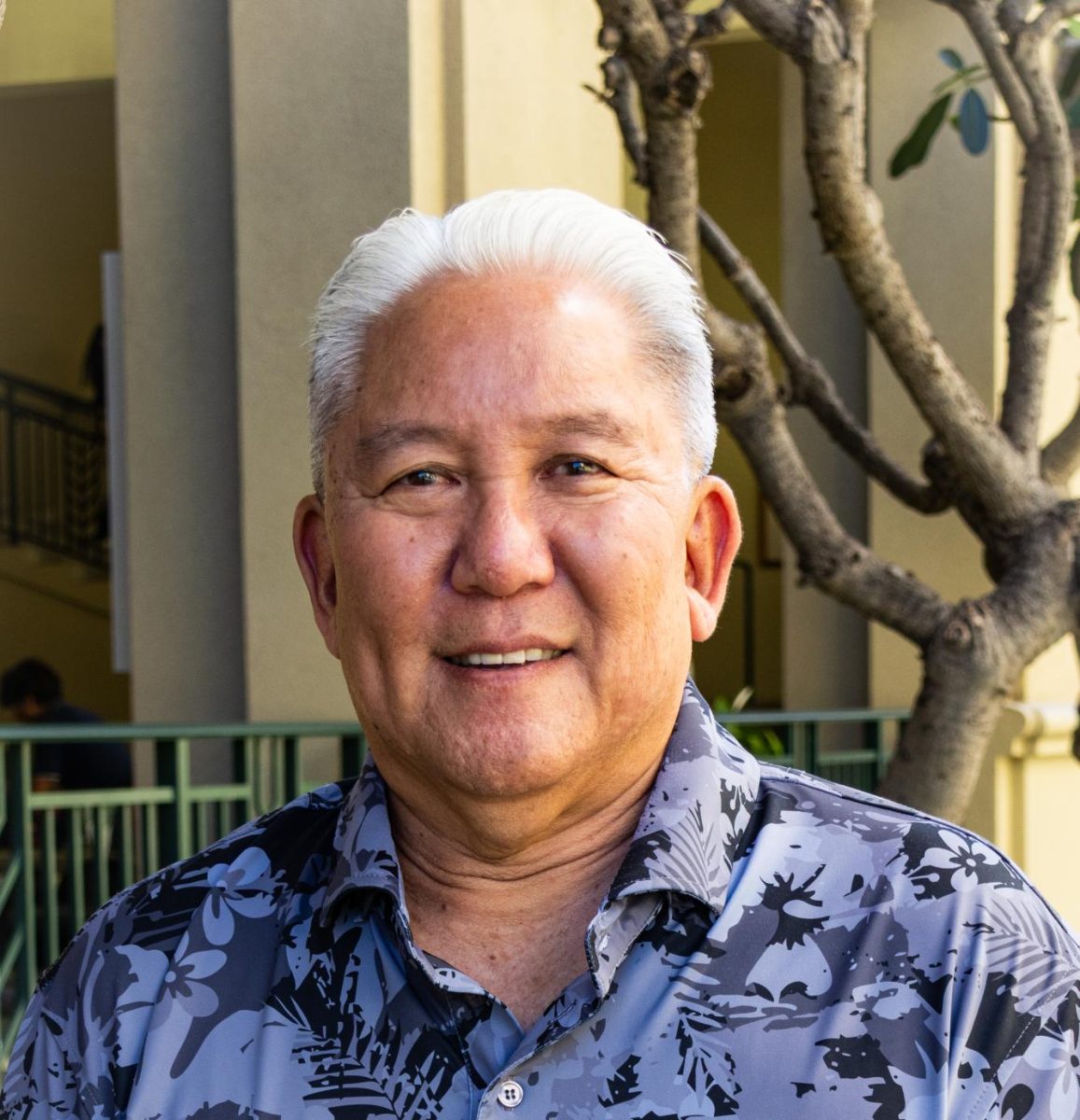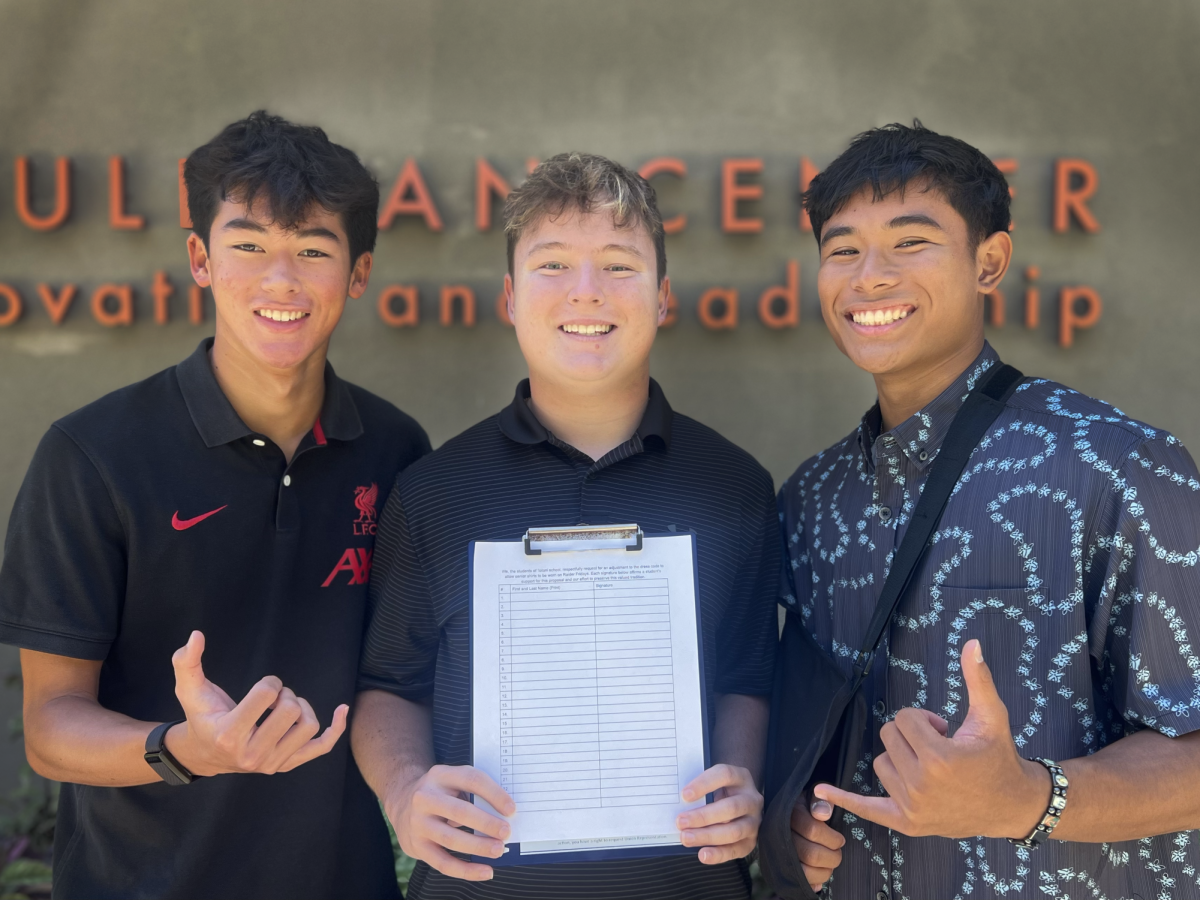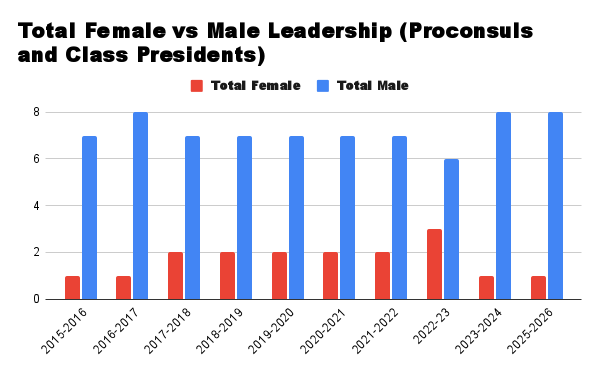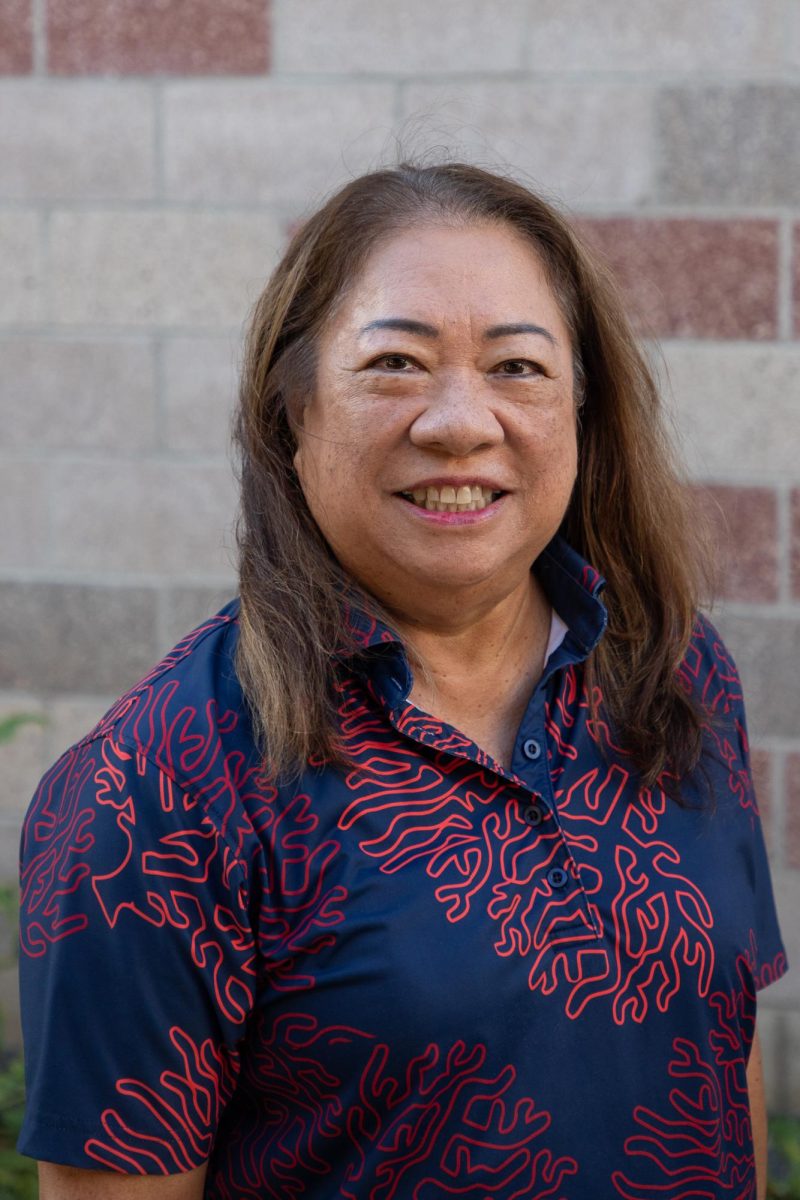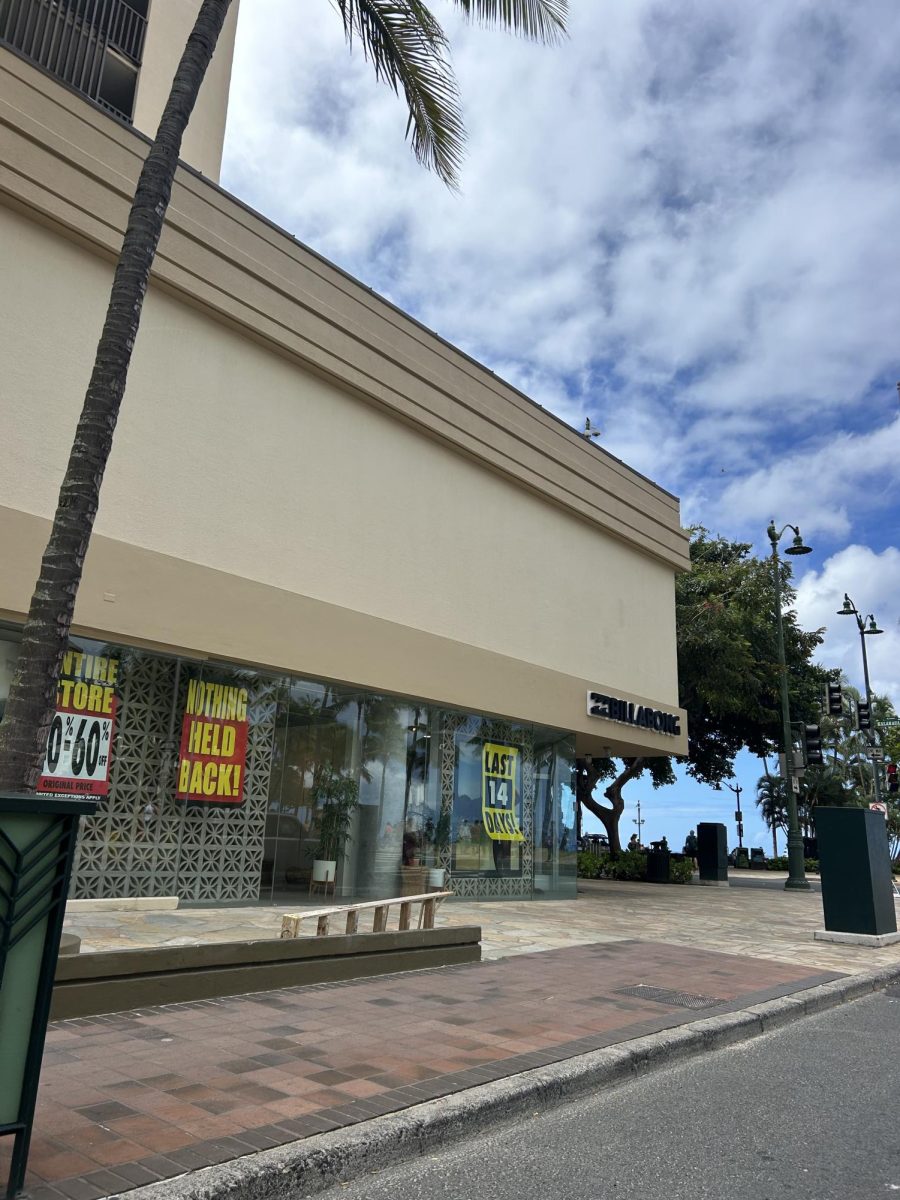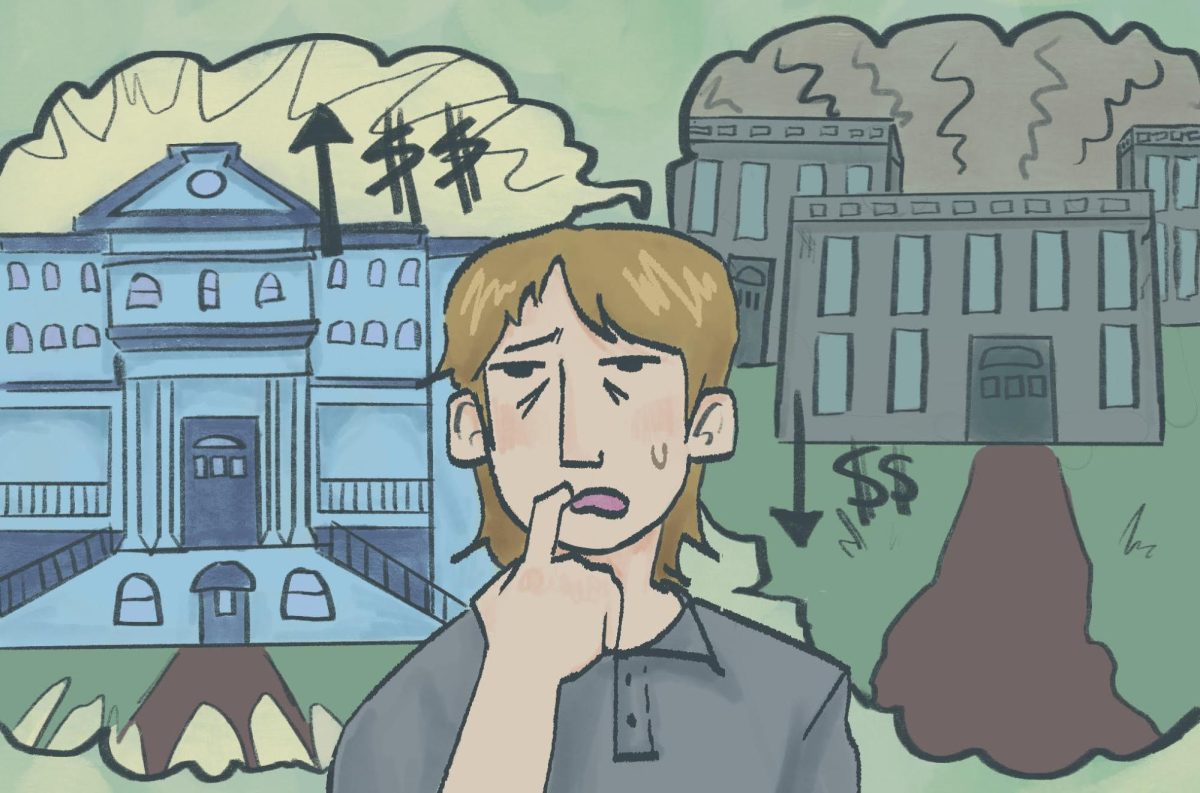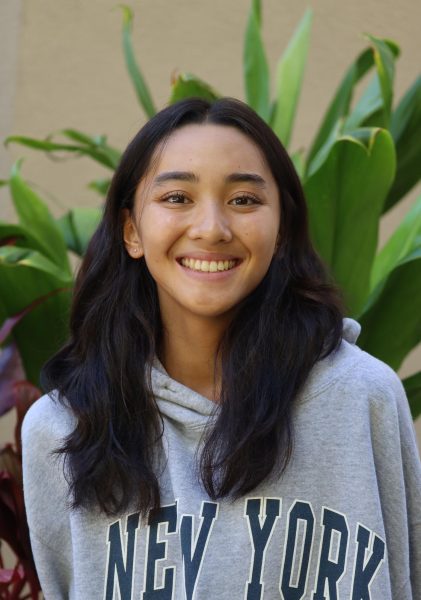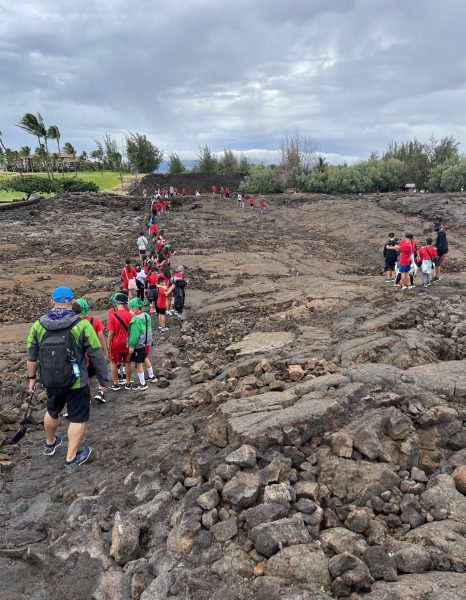
Certain traditions may seem repetitive after years of running; however, there are some trips that stick with most students—a prime example being the Big Island trip. Around the end of April every school year, 4th-grade students go on a three-day trip to the Big Island as a part of their social studies curriculum. Though this trip is a great opportunity for class bonding, it also focuses on the importance of introducing students to the geological and cultural sites that they have learned about throughout the school year.
The social studies curriculum in 4th grade focuses on Hawaiian history and culture, more specifically the daily life of ancient Hawaiians, certain Hawaiian monarchs and even Hawaiian chants, also called oli. Throughout the school year, the 4th grade social studies teachers introduce several topics to the students to prepare them for the Big Island trip at the end of April. It is at this grade level that students are introduced into Hawaiian studies and carry on their knowledge into Upper School.
It is important to educate younger students about the ‘āina in which they live and how exactly things ended up the way they appear. Ms. Fuller, a 6th-grade teacher, believes that it is important for everyone to recognize and have at least a basic understanding of the indigenous culture of the place where they live. On top of that, she added, “Hawaiian culture came first, and all other cultures that came in reacted to that culture. We have only added layers of cultures and histories on top of what was indigenous.”
The teachers ensure that the students are knowledgeable about Hawaiian culture by incorporating activities that begin around Quarter 2. One important topic is sustainability of the islands. Teachers emphasize that it is the personal responsibility of the students to make sure that resources are used to their full potential because they are limited in Hawai‘i.
The Big Island trip is the field trip of the year. The 4th-grade teachers hope to do a lot of preparation by educating students about certain locations that will be visited during the trip. One of the main goals is to help their understanding of Hawaiian lifestyle feel familiar during the three days on the Big Island. The preparation for the trip, which begins around February, includes organizing the student groups, scheduling and finding cultural and geological locations to visit, and more. The teachers try to work the dates of the trip around the ‘Iolani Fair and Merrie Monarch. Students even get to contribute a design for the class trip T-shirts, and the teachers pick the best candidate.
The morning of the trip is filled with excitement and adrenaline. All students, chaperones and teachers gather around 4 a.m. with their bags and school resources. Once landed, everyone stays at the Kīlauea Military Camp (KMC) for three days and two nights. 5th-grade students who experienced the trip last year mentioned, “Hanging out with friends at KMC was a highlight of the trip.” The camp is a home base for the students to bond after a full day of field trips around the island. For example, some of the field trips include going to the city of refuge, which is a National Historical Park, where students explore the Pu’uhonua o Honaunau and visit the volcano site.
While talking about the geological sites they visit every year, Mrs. Kim, a 4th-grade Social Studies teacher, says, “You know that they kind of see all these pieces that they’ve been gathering throughout the year come together.” For students, being physically present in cultural places that are seen in books is a gratifying experience, and in a way, makes them a part of something bigger. Along with long hours of exploring the island, students also enjoy doing small activities that encourage class bonding at KMC. Such activities include making team posters, participating in Hawaiian crafts and singing their chant. “It was an opportunity for them as a class to grow stronger, and to have this greater shared experience,” Mrs. Kim mentions. She continued, “I think for a lot of them, it was important, especially coming off of COVID.” The bonding for these classes does not only count for the three days, but it also makes up for the missed sleepovers and parties called off due to the COVID pandemic. Furthermore, most students who went on the trip last year say that one major highlight was spending time with friends and classmates at KMC.
The Big Island Trip is a major highlight for the 4th graders because it is an experience that enlivens Hawaiian history and culture for the students. In fact, last year, students got an opportunity to share Hawaiian culture with the public. The flight crew of Southwest Airlines was not familiar with ‘Iolani’s Big Island trip and wanted to know more. So, in the terminal before boarding, the crew invited the class to perform their oli. The chant gave everyone in the room goosebumps, including the strangers awaiting their flight. Mrs. Kim says that this opportunity was a nice way to start their trip, and it really did give students a firsthand experience of how spreading history and culture is a gratifying feeling. “I even think the people in the terminal that weren’t connected to ‘Iolani were just taken aback by it all.” She continued, “Reading about it in a book is one thing, but experiencing a place and a culture firsthand is much more valuable.” This class encountered a moment to share a part of their Hawaiian knowledge with the public. Hopefully future classes get a chance like that to share their Hawaiian studies with others.
The Big Island trip is repeated every year, and the value of the trip remains unchanged as years pass by. It is during the 4th-grade school year that students are educated and introduced to Hawaiian culture, history, and geological sites. Students don’t only bring Hawaiian knowledge into future courses, they get to experience it themselves and apply what they have learned in their studies to their daily lives for years to come.

